Ismailism is a mystical path (tariqa) belonging to islam, it forms a subdivision of Shlism, which began with the death of the Prophet. The Arab term members, loyal supporters was gradually applied to those who claimed for Ali ibn Abi Talib (the Prophet’s cousin and son-in-law) and his descendants the exclusive right to guide the community. The present study attempts to bring light on the evolution of Nizari Ismili Imamology from its origin to the present Imam of the time, Agha Khan IV The main goal is to discover how concept of Imama based on his teaching or that of his closest disciples.
The aim of this work is to analyze the position of the Imam in the spiritual hierarchy, from the description in the primary sources of five distinct periods: pre-Fatimid, Fatimid, Alamut (487/1094 to 655/1257), Gnanic (773/1370 to 1233/1818) and the recent period (1233/1818 to the present). The choice of the title of this book comes primarily from the central and essential position of the Imam, because according to the Nizari Ismailis, if there was no Imam always present on earth, this tariqa would not exist nor have any purpose. The cultural diversity in Ismaili history creates occasional difficulty in perceiving the truth hiden behind esoteric texts and various symbols. But it is important to nite that in Ismailism there are external things which change periodically while the essence of the Imam always remains the same.



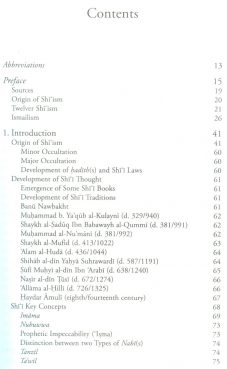
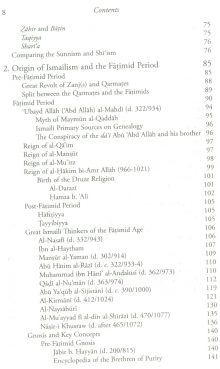
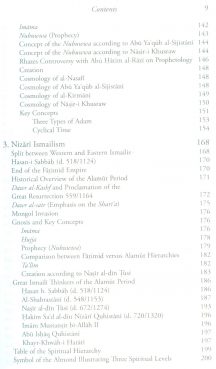
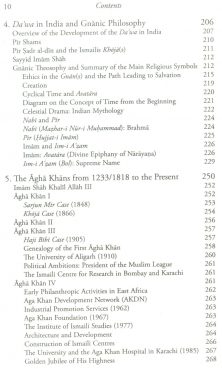
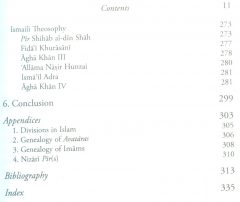



There are no reviews yet.